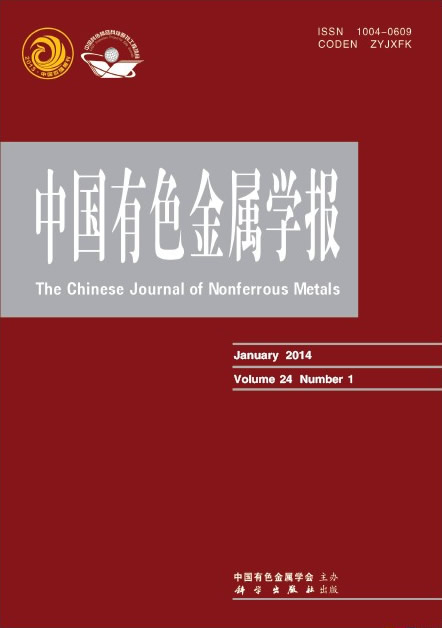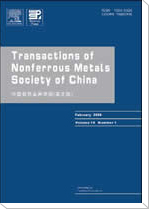(1. 中南大学 机电工程学院,长沙 410083;
2. 桂林电子科技大学 教学实践部,桂林 541003)
摘 要: 运用积分法建立剥除层中残余应力与试样变形间的关系,通过离散的变形应变反求残余应力函数。利用层削法测试物理模型,推导和完善了残余应力解析方法,并结合不同实验手段,描述了沿厚板深度分布的残余应力曲线。结果表明:在积分法中,分别选用3次和4次多项式近似厚板淬火和预拉伸应力分布,其结果比较吻合实际;同时,由于力学测试方法的局限性,需将表层应力数据标定和对板内应力的预测相结合,以提高残余应力的测量水平。
关键字: 积分法;层削法;残余应力;多项式
(1. School of Mechanical and Electronic Engineering, Central South University, Changsha 410083, China;
2. Practice and Experiment Station, Guilin University of Electronic Technology, Guilin 541004, China)
Abstract:The relation between residual stress of removal layer and deformation of plate was established by the first kind of linear integral, in which the discrete deformation inverse determines the stress function. The analytical method of residual stress was introduced and improved by the physical model of removal layer method. With different experimental methods, the distribution curves of residual stress along depth in plate indicate that, the calculation of the integral method, in which the 3rd and 4th order polynomials approximate the residual stress distribution of quenching plate and pre-stretching plate, respectively, matches the real stress state. For limitations of measurement, the combination of determination of the surface stress and forecast of stress in plate can greatly enhance the level of measurement.
Key words: integral method; removal layer method; residual stress; polynomial


